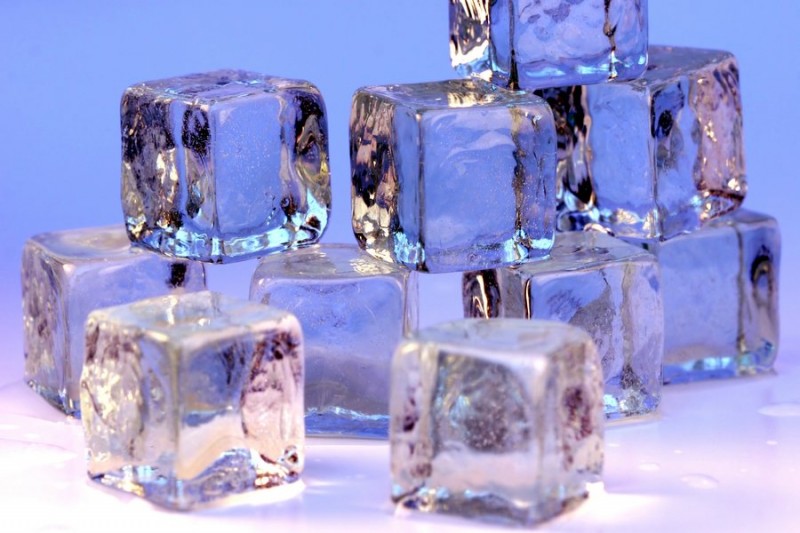
Icing your face has become a popular skincare trend in recent years. Many beauty enthusiasts claim that it can have numerous benefits for your skin. But is there any truth to these claims? In this article, we'll explore the practice of icing your face and whether it's a worthwhile addition to your skincare routine.
Icing your face involves applying ice or a cold compress to your skin for a certain period. This practice is said to offer various advantages for your skin, including:
One of the primary benefits of icing your face is the reduction of puffiness. When you apply cold to your skin, it constricts blood vessels and can help alleviate swelling and puffiness, particularly around the eyes.
Icing can also help tighten your pores. Cold temperatures cause your pores to shrink temporarily, giving your skin a smoother appearance.
Cold therapy can stimulate blood circulation, which may lead to healthier-looking skin. It can help deliver nutrients and oxygen to your skin cells more efficiently.
If you have red or irritated skin, applying ice can provide relief by soothing the inflammation and redness.
To reap the benefits of icing your face, it's essential to do it correctly:
Start with a clean face to ensure that you're not trapping any dirt or makeup beneath the ice.
Never apply ice directly to your skin. Instead, wrap it in a clean cloth or towel. This prevents ice burns or frostbite.
Gently massage your face with the ice-cloth for 1-2 minutes in circular motions. Focus on areas with puffiness or redness.
Avoid excessive icing, as it can damage your skin's natural barrier. Limit sessions to a few minutes at a time.
Follow up with a moisturizer to lock in hydration, as icing can be drying to the skin.
While icing your face can have benefits, it's not suitable for everyone. Consider the following:
People with very sensitive skin may find icing uncomfortable or even painful. Always listen to your skin and stop if you experience discomfort.
Some individuals may be allergic to extreme cold. Test a small area of your skin first to ensure you don't have adverse reactions.
There are alternative methods, such as using chilled skincare products or jade rollers, that offer similar benefits without the cold shock.
Icing your face can be a refreshing and beneficial addition to your skincare routine, especially for reducing puffiness and redness. However, it's crucial to do it correctly and be mindful of your skin's sensitivity. If in doubt, consult with a dermatologist for personalized advice on incorporating cold therapy into your skincare regimen.
So, if you're looking for a simple and budget-friendly way to invigorate your skin, give face icing a try – your skin may thank you for it!
Health MinisterMandaviya Engages with Farmers through PMKSKs for Feedback
How to Manage Syndrome PCOS Naturally, A Guide for your Health